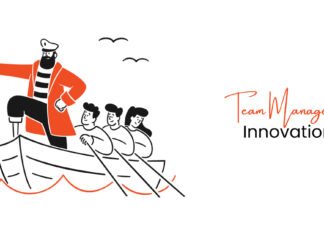Introduction
In today’s fast-paced software development landscape, agility is the key to success. Agile methodologies have revolutionized how teams collaborate, iterate, and deliver software products. However, agility isn’t just about development; it extends to testing as well. Agile testing is a crucial component of the Agile workflow, ensuring that quality remains a top priority while keeping development cycles efficient and responsive. In this article, we will explore the significance of Agile testing, its principles, best practices, and how it seamlessly integrates into Agile development processes.
Understanding Agile Testing
Agile testing is an approach that aligns testing activities with Agile development methodologies, such as Scrum, Kanban, or Extreme Programming (XP). It emphasizes the importance of continuous testing throughout the software development lifecycle rather than treating it as a separate phase. Agile testing aims to deliver high-quality software incrementally and iteratively, ensuring that each development cycle results in a potentially shippable product increment.
Key Principles of Agile Testing
Collaboration: Agile testing promotes close collaboration among developers, testers, and other stakeholders. Teams work together to define acceptance criteria, identify test scenarios, and validate user stories.
Continuous Feedback: Agile teams embrace rapid feedback loops. Testers provide immediate feedback on code changes, allowing developers to address issues early in the development process.
Test-Driven Development (TDD): TDD is a fundamental practice in Agile testing. Developers write tests before implementing code, ensuring that the code meets the specified requirements and functions correctly.
Automation: Test automation is essential for Agile testing to maintain pace with development cycles. Automated tests can be executed quickly and repeatedly, enabling continuous integration and deployment.
Regression Testing: Frequent regression testing ensures that new code changes do not introduce unintended side effects or break existing functionality.
Best Practices in Agile Testing
Test Early and Often: Begin testing as soon as possible in the development cycle. Testers should be involved in sprint planning and backlog grooming to understand the scope and requirements of upcoming features.
Automation Strategy: Develop a robust automation strategy that covers unit testing, integration testing, and end-to-end testing. Automated tests provide quick feedback and increase test coverage.
Exploratory Testing: In addition to scripted tests, encourage exploratory testing to uncover unexpected issues and provide a fresh perspective.
Continuous Integration: Implement continuous integration practices to ensure that code changes are automatically tested and integrated into the main codebase multiple times a day.
Cross-Functional Teams: Foster cross-functional teams that include developers, testers, designers, and product owners. This diversity of skills ensures comprehensive testing and faster issue resolution.
Test Metrics: Monitor and analyze test metrics to identify areas for improvement in testing processes and product quality.
Challenges in Agile Testing
While Agile testing offers numerous benefits, it also presents some challenges:
Time Constraints: Agile development cycles can be fast-paced, leaving limited time for comprehensive testing.
Test Data Management: Ensuring the availability of realistic test data for different scenarios can be complex.
Maintaining Test Coverage: Keeping test coverage thorough as the application grows can be challenging without proper planning.
Changing Requirements: Agile projects often encounter changing requirements, which can impact test cases and scripts.
Conclusion
Agile testing is indeed an integral part of Agile development methodologies, ensuring the sustained delivery of high-quality software throughout the development process. By embracing the principles of collaboration, continuous feedback, automation, and test-driven development, Agile teams can meet and even exceed user expectations in their software products.
However, it’s worth noting that mastering Agile testing requires the right knowledge and skills. To excel in this field, consider enrolling in a Top Software Testing course in Hisar. Such courses provide comprehensive training and insights into Agile testing practices, equipping you to navigate its challenges effectively and contribute to the delivery of top-notch software solutions.
In conclusion, Agile testing is a mindset that prioritizes quality and adaptability, and it can significantly benefit software development processes. By combining Agile methodologies with effective testing strategies, teams can stay competitive in the ever-evolving software industry and deliver valuable software increments regularly.





